
Sampling – that is, taking a section of a song, and reusing for your own recording – has been harshly criticized over the years, as “stealing” or “not real music”, by the mainstream press. Sure, it’s easy to see why clueless, uninformed, aging rock journalists would see it this way, because sampling in it’s cheapest and most uncreative form, is simply beat-jacking. In its humble beginnings, with Chic’s “Good Times” break working as the foundation for “Rapper’s Delight”, the Sugar Hill/Cold Crush era saw many easy lifts, but as hip-hop progressed, and the “rules” were established, the use of a terribly obvious sample to drive your single was frowned upon, such as MC Hammer’s “U Can’t Touch This” (from Rick James “Super Freak”) or Vanilla Ice’s “Ice Ice Baby” (from David Bowie & Queen’s “Under Pressure”). Strong producers of this era instead wanted to chop things up, slow things down, layer them with other samples, add some different drum beats, or even make entire cut-and-paste collages, using several crates of records for just one song (all praises due to The Bomb Squad). This of course was in an era when the rules in hip-hop still applied, however when Biggie kicked down the door with “Juicy” (sampling Mtume’s “Juicy Fruit”) and Ice Cube remixed “Check Yo’ Self” by borrowing a page from Grandmaster Flash & Melle Mel’s message, many rules of creative sampling were broken or forgotten. Naturally, this all led up to the very reasons why hip-hop sucked in ’96, and the repercussions of these events have much to do with why a lot of it still sucks today.
Thankfully, just as heads were beginning to lose faith in hip-hop music that year, a new era had just begun. Rising from the ashes of Run’s burnt down house (more commonly referred to as “the death of hip-hop”), were two sub-genres of hip-hop music, both of which traveled in a different directions, yet DJ Shadow was instrumental in both of them (no pun intended). Legally known as Josh Davis, Shadow played a role in the formation of the independent hip-hop movement with the creation of Solesides Records (today known as Quannum Projects). This would later inspire several other underground artists to go-for-’delf, bypassing the major label process entirely by releasing their music independently (and owning their masters in the process). And with the release of Endtroducing, Shadow would also be responsible for helping create the short-lived buzz-genre, “Trip Hop”, which really was just a cute name for down-tempo, instrumental hip-hop beats (and when I say “cute”, I mean “awful”). Oddly enough, despite these origins in and contributions to hip-hop, DJ Shadow’s Endtroducing is listed in Universal Music & Video Distribution’s retail catalogs under “Dance”. Strange, considering there isn’t really much that is “danceable” on this album (although a b-boy or two got down to “The Number Song”).
What Shadow accomplished with Endtroducing, was pretty much unlike anything that had been done prior to this. Sure, Steinski and Coldcut had made their sporadic cut-and-paste mixes, and Shadow paid them tribute on this album (again, “The Number Song”), however Endtroducing was something different then what had come before. Shadow had taken what he’d learned from his sampling forefathers to an entirely new level, as he was actually playing the drums he had just chopped up, using his drum-machine to do so. These weren’t just simply hip-hop instrumentals, these were epic sample soundscapes that built to lush climaxes, rather than breaking down or changing up simply for the hook.
There are so many great, timeless moments on this album, it’s hard to pick out the best of them. From the moment the raining pianos of “Building Steam With A Grain of Salt” drop in, the listener is immediately brought into Shadow’s world, as the six-minute opus builds upon itself with layers of sampled vocals, keys, basslines, guitar licks, and almost improvisational drum kicks. “Changling” may start off with some simple vibes and drums, but here again we are taken on a musical journey of different samples and sounds, all building to an orgasmic finish with a subtle electric guitar section; one that feels like Shadow just couldn’t wait to unleash it. It’s hard to imagine that the entire five-minute spectrum of “What Does Your Soul Look Like Part 4″ is built upon a simple, yet hypnotic, 2-bar loop, but with a vast array of layers at his disposal, Shadow slips the listener into ultra-chill mode with ease. And nobody can forget the album’s ultimate crown jewel, the gorgeous “Midnight In A Perfect World”, a song in which words cannot do justice.
With other artists like Automator, DJ Krush, Portishead, Massive Attack, Tricky, and Coldcut also delivering their own brand of “trip-hop” around the same time, Endtroducing helped define this short-lived sub-genre, and its effects are still being felt today. Today, instrumentalist artists emulating DJ Shadow are now a dime-a-dozen, with artists such as RJD2 and Blockhead taking what they’ve learned from him and building their own unique styles and sounds from the foundation that Josh Davis built. And so the creative cycle continues. Upon the tenth anniversary of this landmark release, Endtroducing, without a doubt, has made its mark.
Maybe hip-hop sucking in 1996 wasn’t such a bad thing after all.
Comments
No Comments
Leave a reply
- Raekwon Sets A Release Date For “F.I.L.A.” Album
- BUSH: A Snoop Odyssey Produced By Pharrell Williams [Preview]
- Drake – “If You’re Reading This It’s Too Late” Surprise Album on iTunes Now
- Action Bronson “Mr. Wonderful” Cover Art and Tracklist
- Juicy J “Blue Dream & Lean 2″ Mixtape Cover Art & Release Date Revealed
- MF Grimm “MF Love Songs” Cover Art + Tracklist
- Lord Hakim – “Brass Knucklez” (feat. Vast Aire & Phizz Ed)
- IAMSU! – “Hella Good” (feat. Tyga)
- DJ Kay Slay – “I Declare War” (feat. Styles P, Sheek Louch, Vado, Raekwon, & Rell)
- Maverick Sabre – “We Don’t Wanna Be” (feat. Joey Bada$$)
- Cannibal Ox – “Blade: Art of Ox” (feat. Artifacts & U-God; prod. Black Milk)
- Asher Roth – “Blow Your Head” (prod. Nottz)
- It's Time To Say Goodbye...
Commented on by Yungplex - It's Time To Say Goodbye...
Commented on by geedubbleyoo - Fat Trel - "In My Bag" (feat. Wale)
Commented on by Katae - Kanye West's "Runaway": What Does It All Mean?
Commented on by fidgar - Sole Vs. El-P: Part One - Sole
Commented on by Reno Yakavetta - It's Time To Say Goodbye...
Commented on by Atom

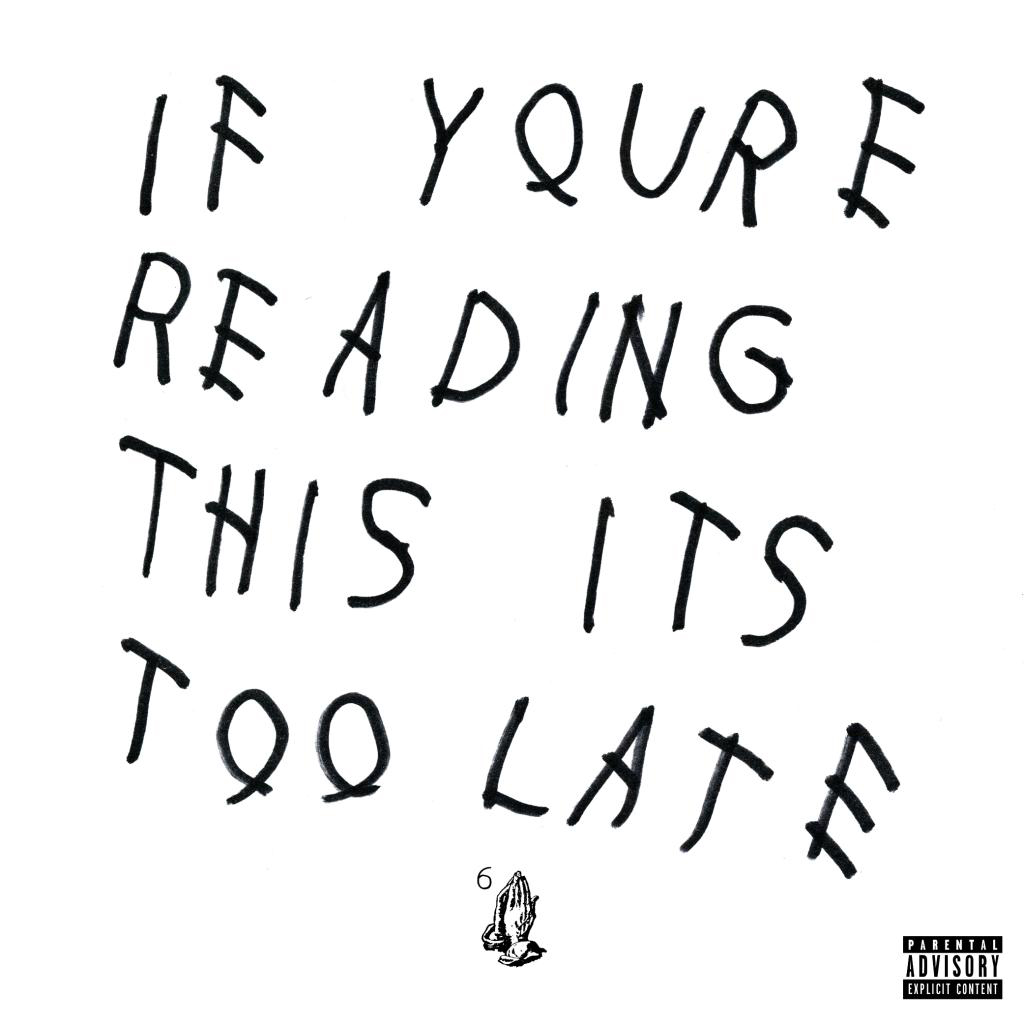
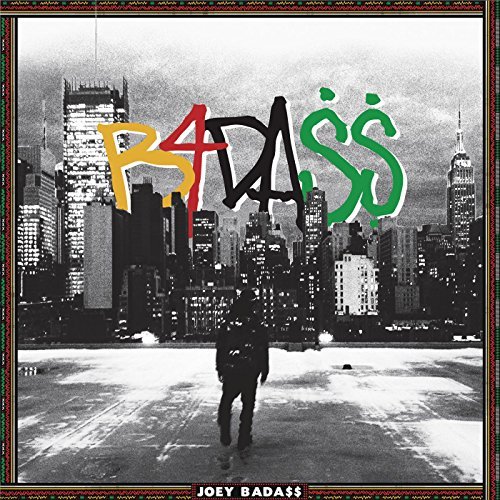
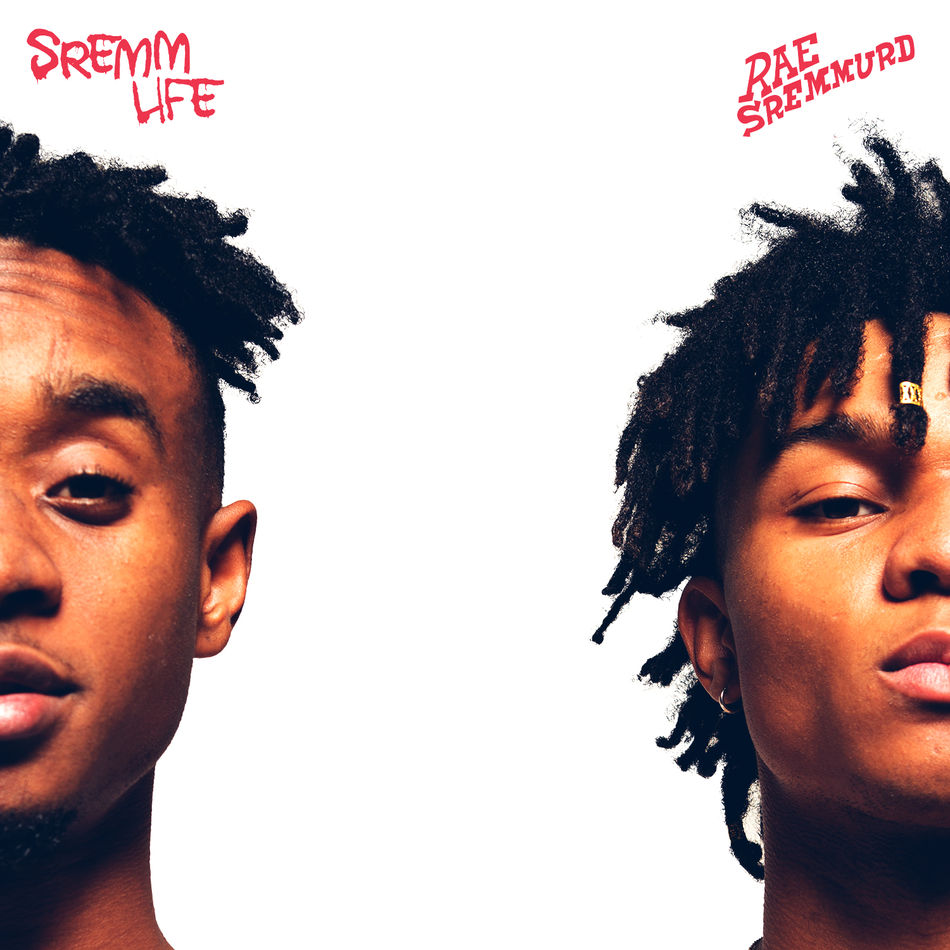





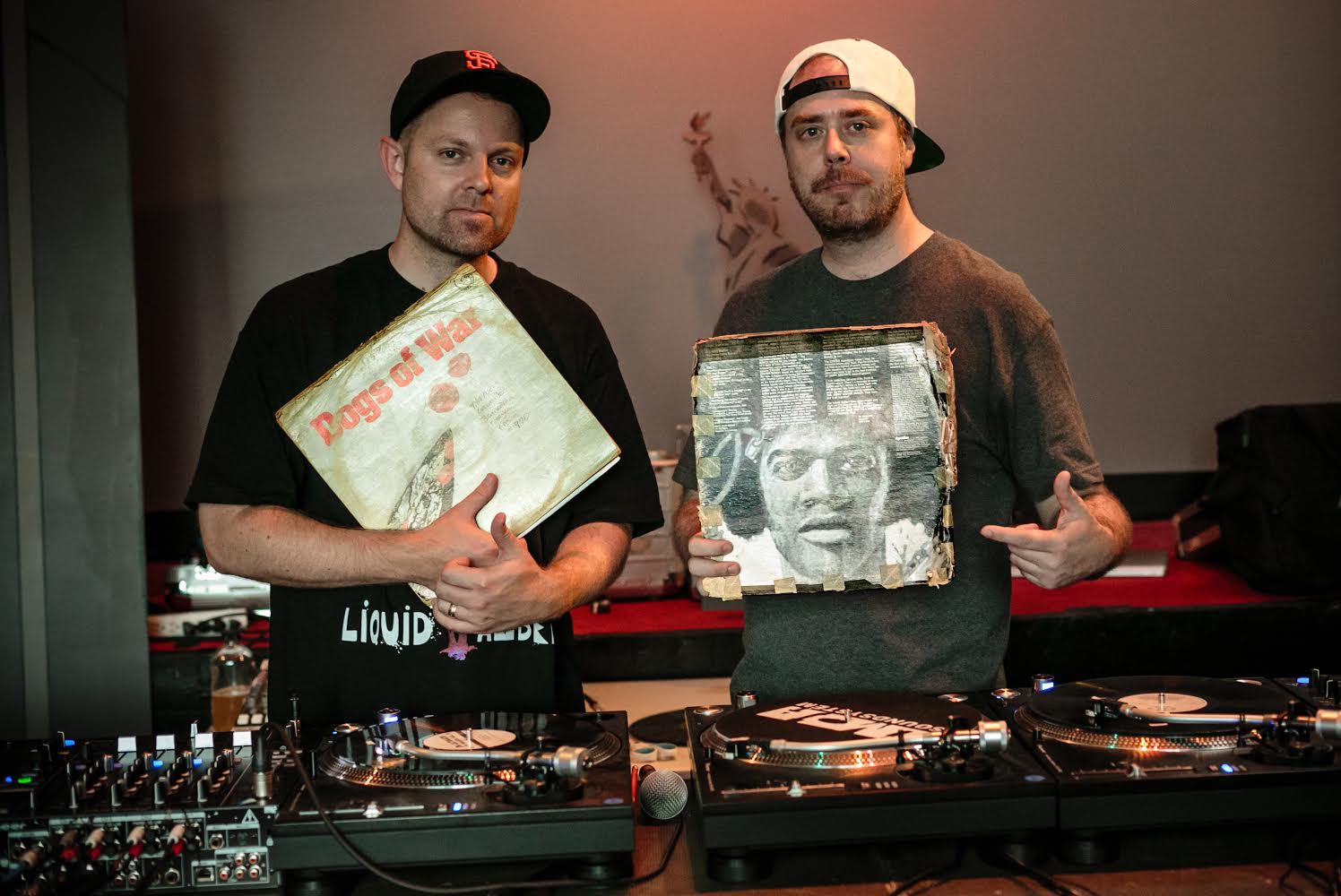

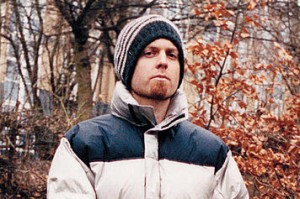
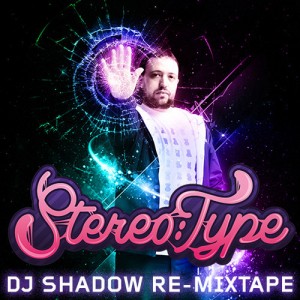

 Mixtape D.L.
Mixtape D.L.
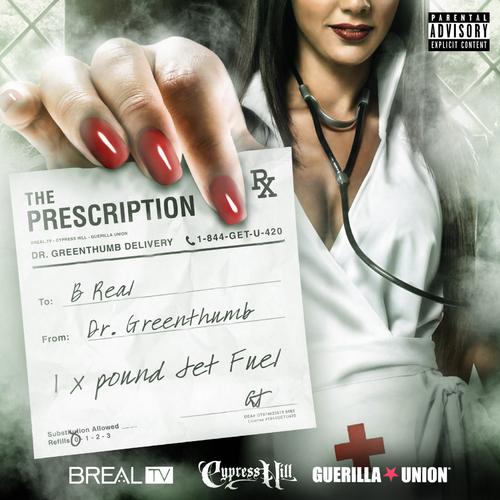
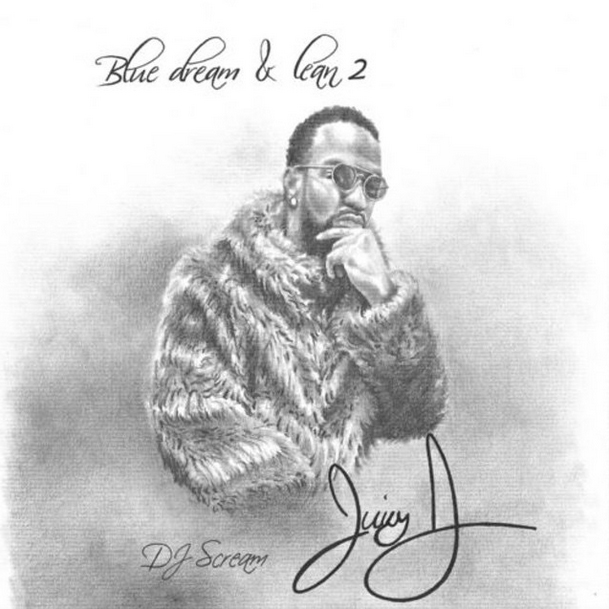
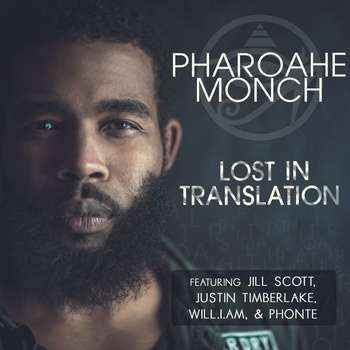

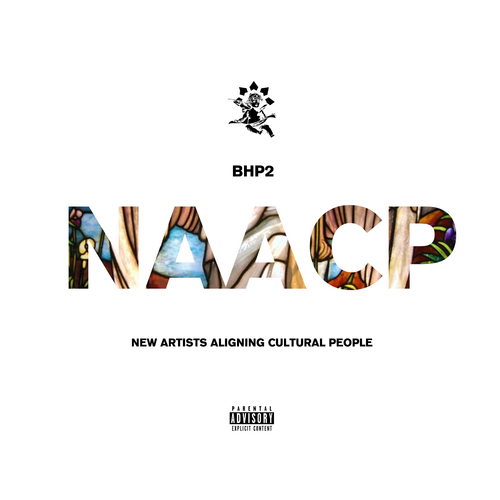

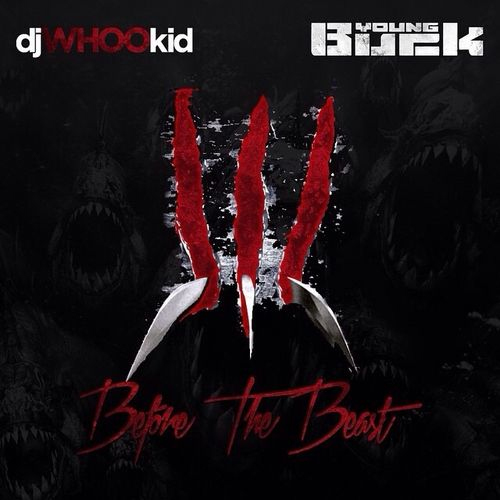
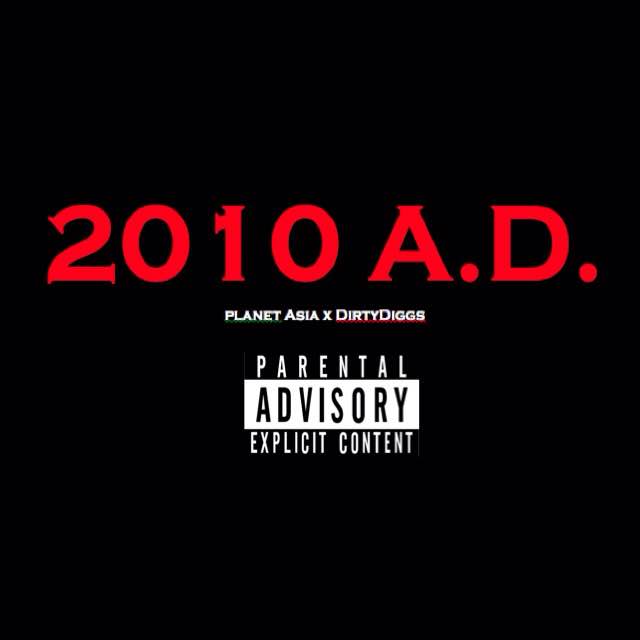
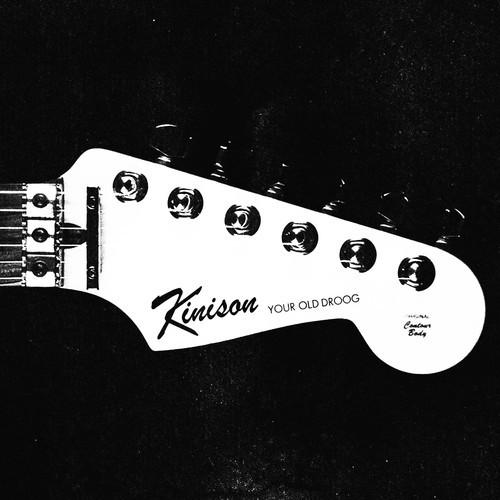
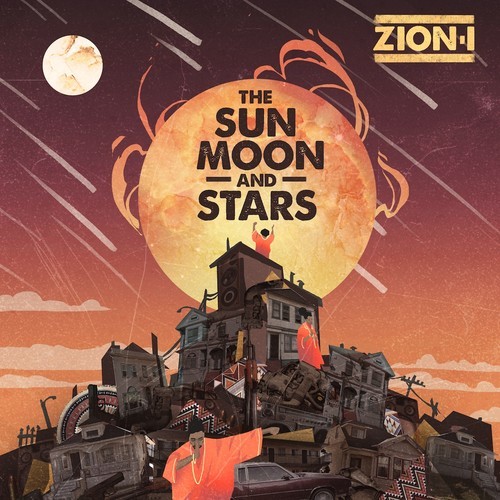

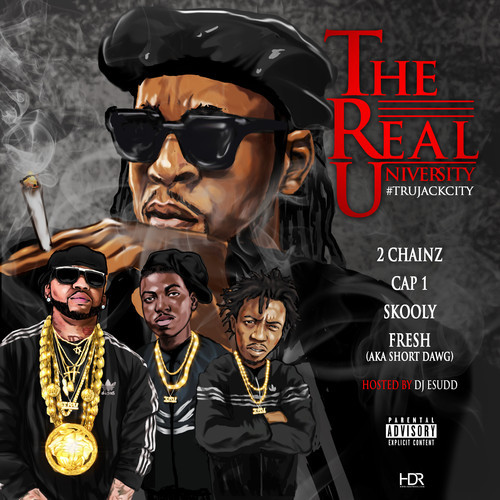

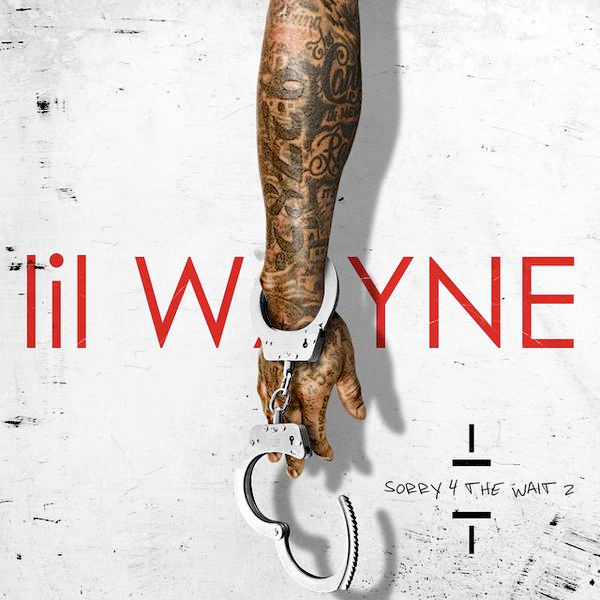
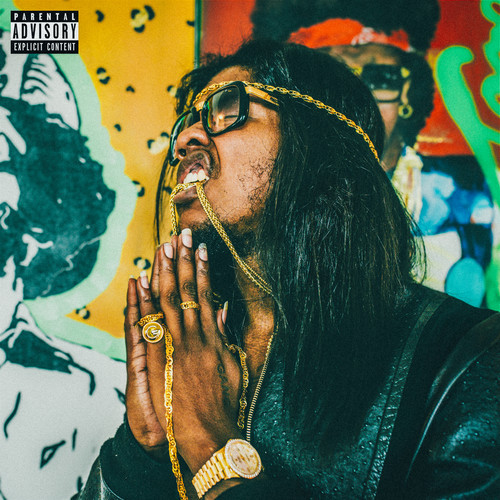





21 June, 2005@12:00 am
0 comments